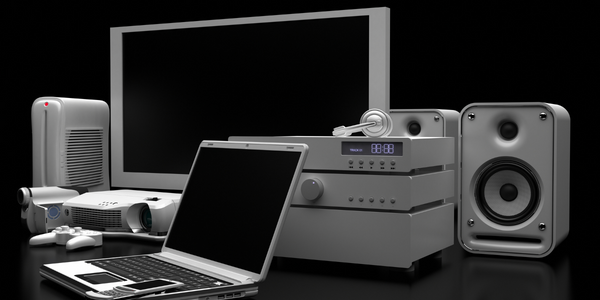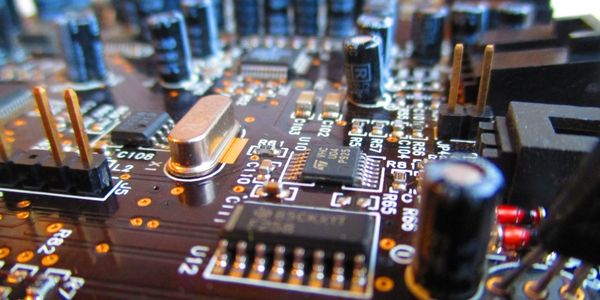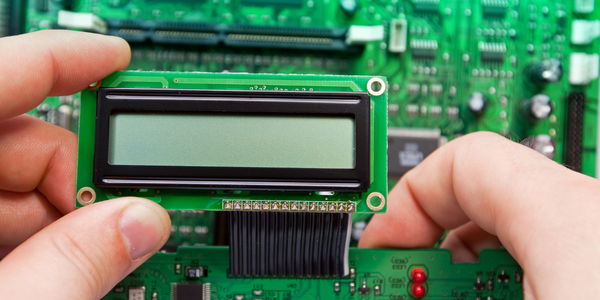Technology Category
- Analytics & Modeling - Digital Twin / Simulation
- Other - Battery
Applicable Industries
- Electronics
- Glass
Applicable Functions
- Product Research & Development
Use Cases
- Digital Twin
- Virtual Reality
Services
- Hardware Design & Engineering Services
- Testing & Certification
About The Customer
Samsung R&D Institute India - Bangalore (SRI-B) is the largest R&D centre outside Korea for Samsung Electronics. With over 3000 engineers, SRI-B works across diverse domains, projects, products, clients, people, and countries, and conducts research in new and emerging areas of technology. The Mobile division, one of the oldest research and development divisions at SRI-B, is particularly focused on pushing the boundaries of hardware design in the fiercely competitive mobile devices industry.
The Challenge
Samsung R&D Institute India - Bangalore (SRI-B), the largest R&D centre outside Korea for Samsung Electronics, faced significant challenges in the mobile devices industry. The industry is fiercely competitive, with companies constantly being pushed to innovate their hardware design. The design cycles are becoming shorter, and cost margins are narrowing, leading to a greater emphasis on virtual testing using computer simulation. Traditionally, an analyst would use Finite Element Analysis (FEA) to iterate a design until a feasible solution is reached. However, due to the limitations of manually exploring the complete design space, the acquired solution is not always necessarily an optimal one. One of the critical tests to determine the reliability of a mobile device is the drop test, which often reveals weaknesses in the housing design.
The Solution
To address these challenges, SRI-B adopted Altair HyperWorks OptiStruct® Software for shape and topology optimization to arrive at a detailed definition of a smartphone front & rear housing. A typical Samsung smartphone was used to demonstrate the optimization approach. The phone has a plastic over molded magnesium die-cast front housing and a polycarbonate rear housing. The lens-display module is adhered to the front housing, while the PCB and the battery are constrained to the rear housing, which is screwed to the front housing. The device is dropped in various orientations and the deformation of the internal components is monitored through simulation. It was observed that the drop reliability of a phone correlates to its stiffness; the higher the stiffness the greater its degree of reliability.
Operational Impact
Quantitative Benefit

Case Study missing?
Start adding your own!
Register with your work email and create a new case study profile for your business.
Related Case Studies.

Case Study
Remote Temperature Monitoring of Perishable Goods Saves Money
RMONI was facing temperature monitoring challenges in a cold chain business. A cold chain must be established and maintained to ensure goods have been properly refrigerated during every step of the process, making temperature monitoring a critical business function. Manual registration practice can be very costly, labor intensive and prone to mistakes.

Case Study
Cloud Solution for Energy Management Platform-Schneider Electric
Schneider Electric required a cloud solution for its energy management platform to manage high computational operations, which were essential for catering to client requirements. As the business involves storage and analysis of huge amounts of data, the company also needed a convenient and scalable storage solution to facilitate operations efficiently.

Case Study
Leveraging the IoT to Gain a Competitive Edge in International Competition
Many large manufacturers in and outside Japan are competing for larger market share in the same space, expecting a growing demand for projectors in the areas of entertainment, which requires glamor and strong visual performance as well as digital signage that can attract people’s attention. “It is becoming more and more difficult to differentiate ourselves with stand-alone hardware products,” says Kazuyuki Kitagawa, Director of Service & Support at Panasonic AVC Networks. “In order for Panasonic to grow market share and overall business, it is essential for us to develop solutions that deliver significant added value.” Panasonic believes projection failure and quality deterioration should never happen. This is what and has driven them to make their projectors IoT-enabled. More specifically, Panasonic has developed a system that collects data from projectors, visualizes detailed operational statuses, and predicts issues and address them before failure occurs. Their projectors are embedded with a variety of sensors that measure power supply, voltage, video input/ output signals, intake/exhaust air temperatures, cooling fan operations, and light bulb operating time. These sensors have been used to make the projector more intelligent, automatically suspending operation when the temperature rises excessively, and automatically switching light bulbs. Although this was a great first step, Panasonic projectors were still not equipped with any capability to send the data over a network.






